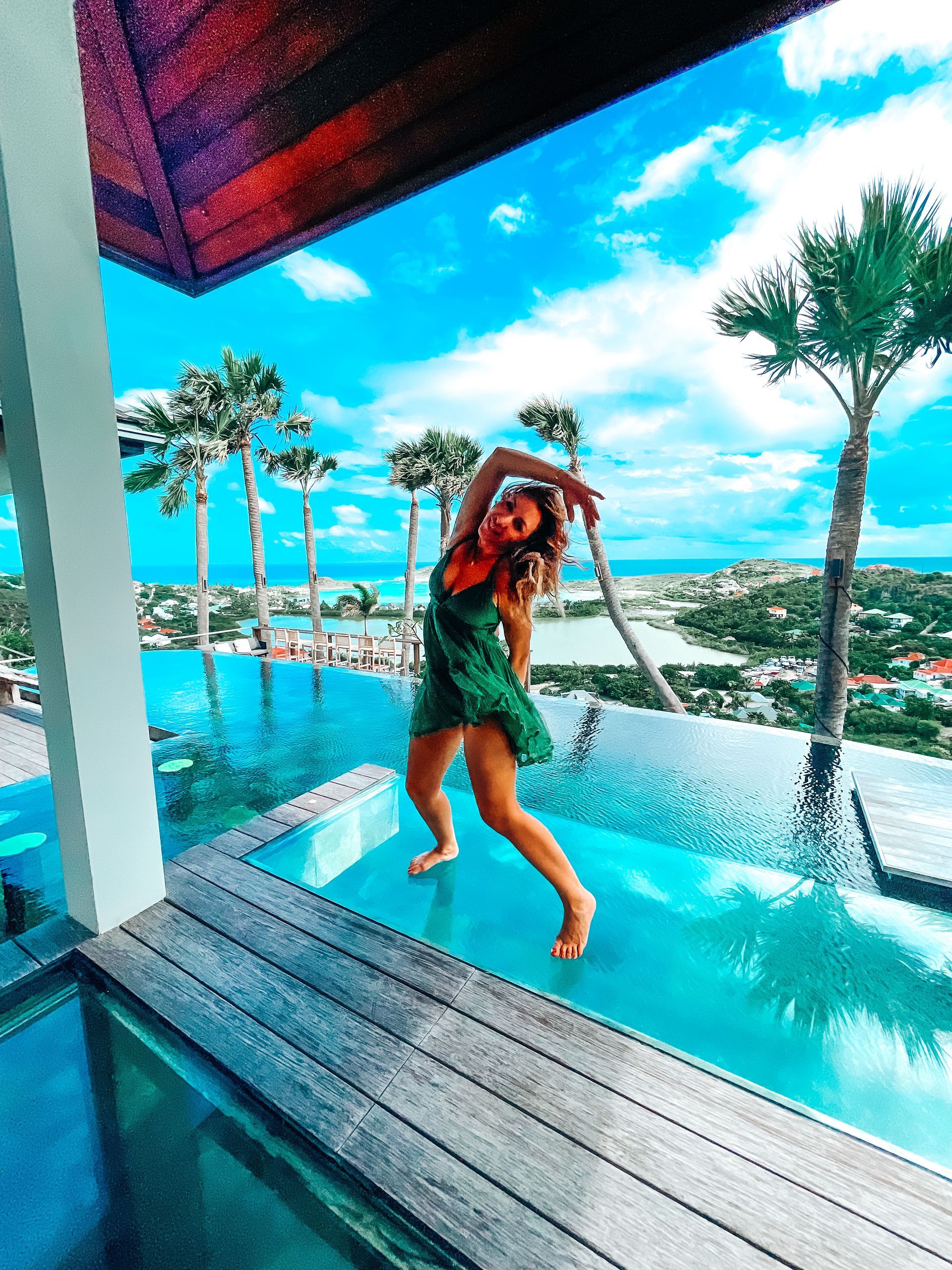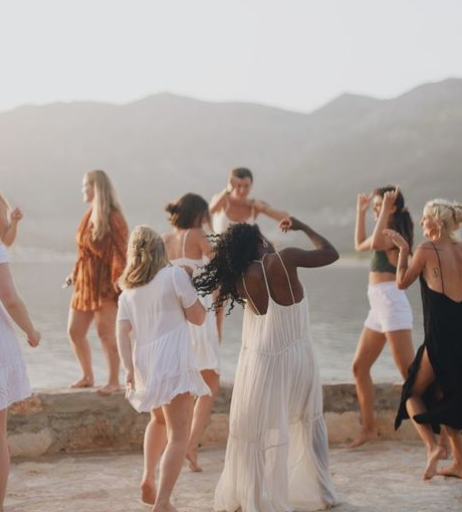Yoga Dance: Where Fluidity, Inner Strength and Freedom of the Body Unite
Yoga Dance: Where Fluidity, Inner Strength and Freedom of the Body Unite
Fluidity: A Body in Motion, A Life in Motion
In Yoga Dance, the postures are not static. They are woven together in a continuous, fluid flow, forming a living choreography of breath and body.
This flow is not merely aesthetic. It expresses a vision of the world where nothing is compartmentalized or rigid.
In real life, nothing happens in strict boxes. Our emotions, experiences, memories, and desires
intertwine and overlap.
Yoga Dance mirrors this natural rhythm — dynamic, unstable, interconnected.
This philosophy is close to
monism (as in Vedanta or certain Buddhist traditions), which holds that everything is connected, and that there is no true separation — only a great unified flow of consciousness.
Softness: The Quiet Power of Self-Respect
You cannot maintain balance in tension.
In Yoga Dance, every posture requires a
gentle, conscious adjustment. Each transition invites you to slow down, to feel, to fully inhabit the movement.
Softness becomes a tool for
centering and stability.
This quality goes far beyond the mat. It reminds us of the importance of treating ourselves with
kindness, patience, and compassion.
To be soft with yourself is to welcome your limits, your mood swings, your delays and imperfections — without guilt.
Softness is not weakness; it is an intelligence of the heart, a strength rooted in gentleness, and an ability to care — for oneself and for others.
Strength: Grounding into Your Axis
Yoga Dance deeply activates the
core muscles, the stabilizers, the support structures of the body.
But this is not brute force. It is
inner strength — alignment, integrity, quiet power. The kind that protects, holds, supports.
This strength is also emotional and mental:
- The strength to say no
- To make difficult choices
- To stay rooted in adversity
- To dare to be yourself in a world that demands conformity
Being strong in Yoga Dance means standing tall within yourself — not from tension, but from commitment.
It is cultivating the
inner axis that builds trust and resilience.
Flexibility: Letting Go, Opening Up, Receiving
Yes, Yoga Dance enhances physical flexibility — joint mobility, muscular elasticity — but it also opens the door to a much deeper kind of flexibility.
To be flexible is to be
adaptable, to welcome what is, to listen to the present moment.
It is letting go of the illusion of control, releasing the grip of expectations, surrendering the rigidity of certainty.
This emotional flexibility brings
peace, empathy, and mutual understanding into our relationships.
And on the mat, it gives birth to joy — a spontaneous, vibrant, free joy that comes from moving without judgment or pressure.
Femininity: Honoring the Yin Within
Yoga Dance is infused with deep
feminine energy — Yin, slowness, sensuality, intuition.
Through waves, spirals, and graceful movements, this practice awakens our sensitivity, our subtle presence, our capacity to feel.
Femininity here is not about gender. It’s about honoring
creative, intuitive, receptive qualities that we all carry, regardless of identity.
Qualities that are often neglected in a fast-paced, performance-driven world.
To dance your yoga is to
treat the body as a sacred space of emotion, art, and truth.
It is giving yourself permission to feel, to create, to be moved.
Freedom: Expressing, Interpreting, Becoming
Yoga Dance does not seek perfect execution.
It
invites interpretation, personal expression, and emotional nuance.
Within the choreographic structure,
every student can move in their own way, shaped by their story, their energy, their moment.
This
freedom of embodiment is what makes the practice so rich.
We leave behind fixed shapes to enter a dynamic, expressive flow.
We let go of imitation and step into
embodiment.
To move is to exist.
To dance is to
claim your right to be fully alive.
What Yoga Dance Transforms, Beyond the Mat
- It transforms your relationship to your body: bringing flow, pleasure, confidence
- It soothes the mind through breath, music, and rhythm
- It releases physical and emotional tensions
- It reconnects the body with the soul through movement and feeling
- It sparks joy, creativity, connection and playfulness
Are You Ready to Feel It in Your Body?
Yoga Dance is not just a style. It’s an invitation to reconnect, to rediscover joy, and to move from your center.
You don’t need to be flexible.
You don’t need to be a dancer.
You just need a body, a breath, and a willingness to listen.
Want to experience this practice from within?
Explore our classes, programs and trainings at
www.yogadanse.eu — online and in-person.
Now is the time to dance your yoga.
And to dance your life.
Namaste 🪷







